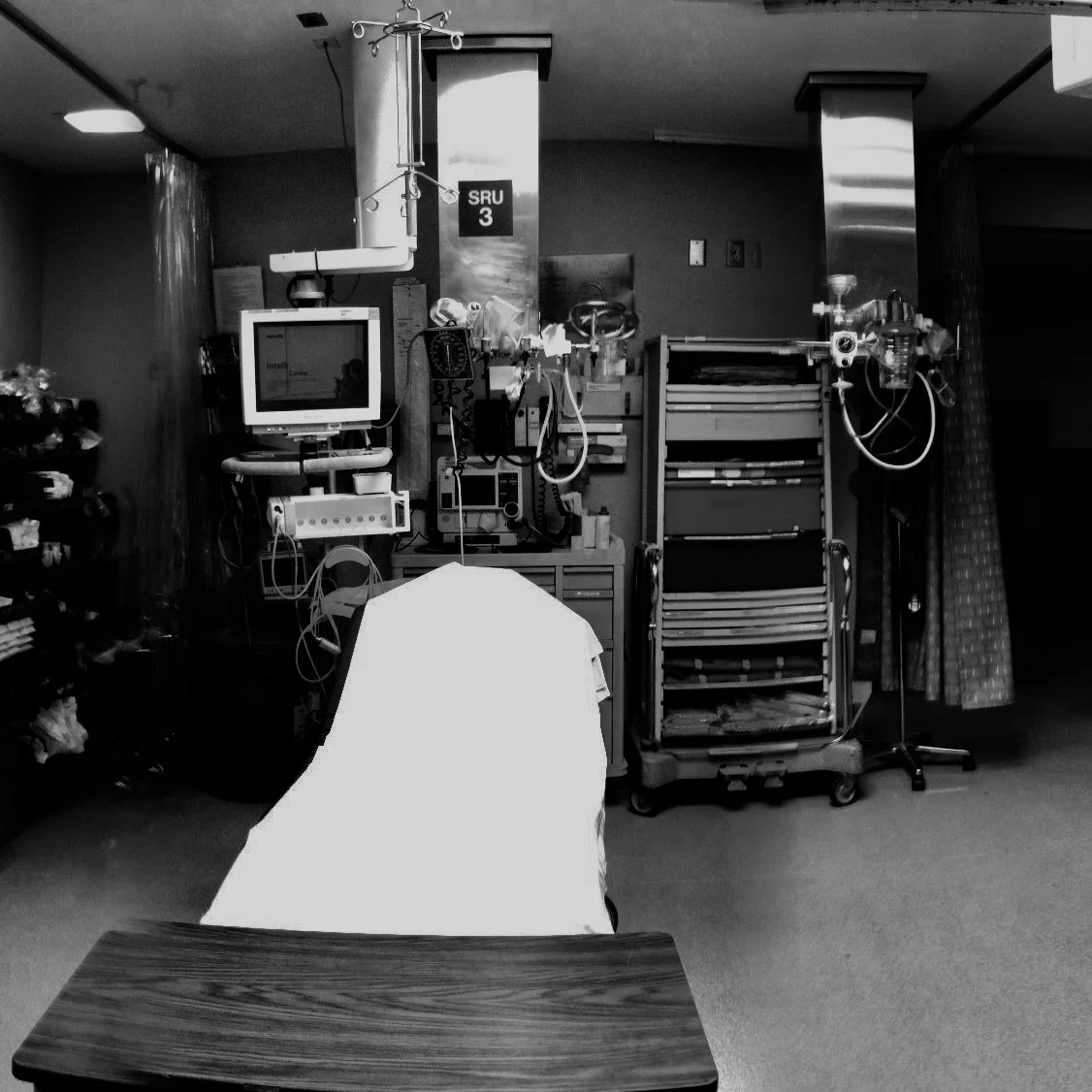Airway Videos
The I.C. Cordes College of Airway Correspondence Course
I.C. Cordes is written by Steven Carleton, MD PhD, Professor of Emergency Medicine at UC. Also an instructor at The Difficult Airway Course, Dr. Carleton uses I.C. Cordes to cover challenging airway cases and the use of airway equipment old and new.
Aerosolizing generating procedures are a feared method of contamination of coronavirus intubations. Leave it to Drs. Carleton and Kreitzer to create a reproducible model to cover patients during intubation. Check out the model and a video to demonstrate.
To provide a fuller education, our curriculum should occasionally bend from the scientific and technical and include matters of the heart. This is a case from the 1990’s.
To provide a fuller education, our curriculum should occasionally bend from the scientific and technical and include matters of the heart. This is a case from the early 1990s, a time in this fair land when ultrasound was not part of emergency practice, when RSI was still a relatively fresh concept, when the treatment of shock was non-systematic, and when consultation was a matter of pleading on the telephone.
I.C. Cordes submissions arise spontaneously whenever I have something on my mind. Usually they are concrete lessons in airway management, but recently I have done a lot of airway training and that tank is a little dry. Hence, this is another foray into metaphysics as I stumble toward the twilight and navigate Erikson’s 8th stage of psychosocial development.
Thanksgiving is over, now it's now to relive Halloween. Take another airway lesson from Dr. Carleton and his IC Cordes course. This episode he takes us through a terrifying Air Care case through the lens of the Difficult Airway Algorithm in a case of a bloody airway courtesy of a bullet through the oropharynx.
You just got done with the most precarious of intubations, but while patting yourself on the back, you note that beeping saturation tone is continuing its decline. Did the tube get dislodged? Was it ever in the cords? Take a step into the plight of oxygen and pulse oximetry with our physiologic guru Dr Steve Carleton
Have you ever looked down the blade of a laryngoscope and said to yourself, “Damn! This airway is just too dry!” I thought not. Rather, we often look down the blade into a mucky swamp of secretions that drip from the pharyngeal walls like drool from a big, sloppy dog, and often obscure familiar landmarks and goop-up our optical and video adjuncts. Is there no solution? There is! Let us review an illustrative case...
Multiple casualties are brought to you from a house fire. There are four victims:
- A 5’11” 70 kg woman with a GCS of 8
- A 5’9” 140 kg man with circumferential burns of the chest and neck
- A 20 month-old with a pedi-GCS of 10
- An elderly, 5’6” 65 kg man with no burns, but a history of severe CHF and complaining of chest pain and dyspnea
You determine that they all require intubation for various indications. You choose RSI as the method for all except the morbidly obese patient, who you intend to intubate awake, with sedation and topical airway anesthesia.
Question:
How would you position each of these patients to optimize your chances of successful intubation on the first attempt?
There can be some confusion with regards to the terminology surrounding laryngoscopy. The term "video laryngoscopy" can be used imprecisely without specific attention paid to the geometry of the blade containing the video camera. The geometry of the blade, however, is crucially important as the biomechanics of laryngoscopy differ substantially depending on whether a standard geometry (Macintosh or Miller) blade or a hyperangulated blade is used. Below you will find specific definition of terms with regards to laryngoscopy and a video demonstrating the differences between direct laryngoscopy, standard geometry video laryngoscopy, and hyperangulated video laryngoscopy.
Our good friend Jim DuCanto visited us earlier this year. We spent several days sharing knowledge and perspectives.
Part of our time together was spent recording this podcast. It has been simmering and is finally available for listening. Within, we briefly go through the history of the extra-glottic device (EGD) in general, and then, we talk about the Laryngeal Mask Airway (LMA) and its “descendants” in great detail.
Jim really had a tremendous wealth of knowledge to share…

















